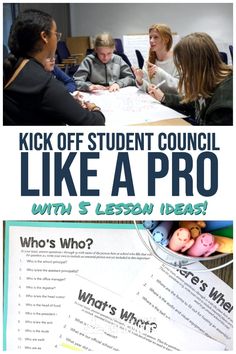1. Share a Vision
Discuss the long-term goals and aspirations of your school, reflecting the vision you all share. Ask team members for their own ideas and create a unified vision that everyone can rally behind. Revisiting this vision periodically will remind your leaders why they took on their roles in the first place.
2. Emphasize the Impact
Remind your leadership team of the vital role they play in shaping the educational experience for students and staff. Share anecdotes or statistics about successes and accomplishments, emphasizing how their decisions directly impact those outcomes.
3. Encourage Collaboration
Promote teamwork by fostering an environment where all ideas are valued and everyone’s voice is heard. Engage your team members in brainstorming sessions, workshops, or problem-solving activities, allowing them to share their unique perspectives and collectively build solutions.
4. Celebrate Small Victories
Recognize small successes along the way, and celebrate them as a team. Giving credit where it’s due will increase morale and encourage continuous improvement among your staff.
5. Provide Ongoing Professional Development
Invest in the growth of your leadership team by offering professional development opportunities targeted specifically for them. This could include workshops or seminars on subjects such as communication, conflict resolution, or change management – skills vital for effective leaders.
6. Regular Check-Ins
Hold regular one-on-one meetings with each team member to discuss their progress, challenges, and career goals within the context of the school’s mission. Offering guidance and support during these conversations can help inspire and motivate your leaders to tackle future challenges head-on.
7. Foster a Supportive Environment
Create a culture of support within your leadership team by identifying each member’s strengths and utilizing them for collaborative efforts. Encourage your leaders to lean on one another when facing personal or professional hurdles.
8. Model Passion and Commitment
Lead by example and let your own dedication, hard work, and passion for education shine. Show genuine interest in your team’s contributions and encourage their continued growth and development. Embody the qualities you seek in your leaders, and they will follow suit.
By fostering a sense of unity, commitment, and shared purpose within your school leadership team, you can inspire them to overcome challenges and excel in their roles. Continually remind them of the impact they make on the lives of students, staff, and the community, and celebrate their successes together as you strive for greatness.











